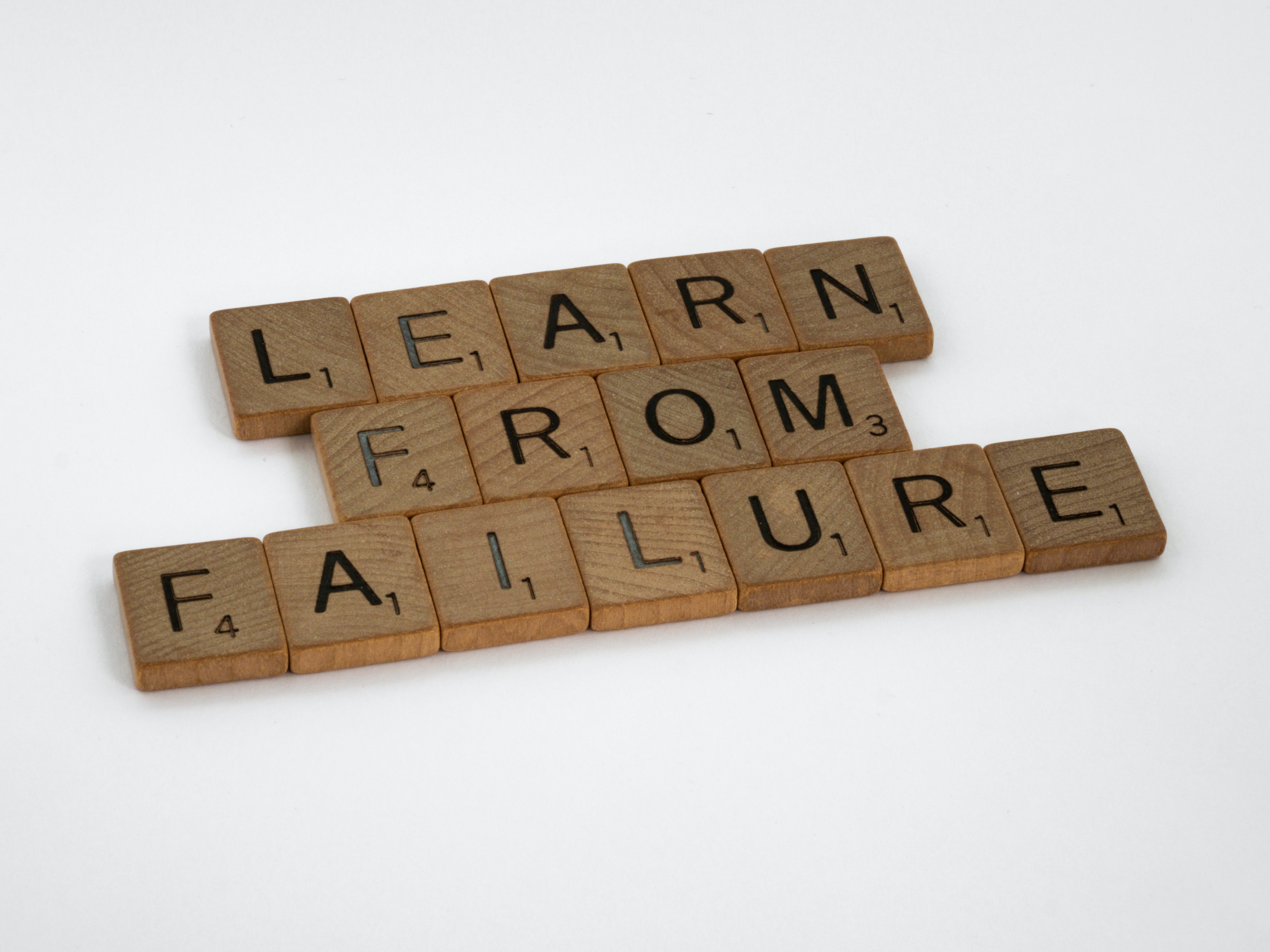Inheriting Legacy CRM? 5 Steps to Getting Up To Speed
 Does this sound familiar? You became a head marketer/ sales person at a company using an outdated CRM. Before you can implement your dream strategy you first have to untangle this mess of a system that has siloed contacts, frustrated customers, and vital missing information. Now you’re wondering where to even begin.
Does this sound familiar? You became a head marketer/ sales person at a company using an outdated CRM. Before you can implement your dream strategy you first have to untangle this mess of a system that has siloed contacts, frustrated customers, and vital missing information. Now you’re wondering where to even begin.
Know that you are not alone, with constantly updating software and marketing tactics, it is likely that your predecessor fell behind and left you with the mess to clean up. It is not an uncommon story at all, and you will be surprised to learn that it is easier than you think to fix. By establishing SMART goals and carefully evaluating the current state of your CRM you will be well on your way to marketing success. If you find that perhaps you have bit off more than you could chew, there are solutions. A qualified marketing agency can give you the short term or long term help you need to make your CRM create tremendous value for you.
Step One: Create Your SMART Goals
If you are not already familiar with SMART goals, then I encourage you to check out a previous blog post about this incredible marketing tool. But in case you are short on time here is the condensed version. The SMART in SMART goals stands for specific, measurable, attainable, relevant, and time-based. The reason why we believe goals should have these attributes is because they not only make them highly focused, but also because it forces the goal-creator to think about possible ways that they can achieve their goals. For instance, a non-smart goal would be: I want more leads. A smart goal would be: I want to increase my leads yield by 30% over the course of a year through my marketing channels in order to improve sales. The core of the two goals is essentially the same but the latter has actionable, specific metrics that guide the goal pursuer.
In terms of creating smart goals for your CRM, you will have to take a look into your contact database and determine what is and what is not working. If contacts are being siloed, which means contacts are isolated from other teams, then create a smart goal to make your database universal. But first, you will have to determine the root of the problem. Are contacts being siloed because you are utilizing more than one CRM? Or are members of your team not properly importing contacts because they were never trained on the software? By finding the root cause you will be able to determine the action, the A in smart, that will need to be taken to achieve the goal.
You should reasonably aim for at least 5 SMART goals for improving the value from your CRM. For example, at least one goal should be focused on increasing yields, another goal should be focused on improving skills with the CRM. The other smart goals will depend on where your business is and wants to be with regards to improving marketing efforts. Here is a link to download our SMART goal setting template. This will give you a more holistic view of what the outcome of your optimization efforts will be. Then, you should inform your team of these SMART goals, and have a common place where all members of your organization can refer back to them. When creating goals it is important to continuously remind yourself and members of your team what you are working towards.
Step Two: Tech Stack Audit
Once goals are established and communicated to your team, the next step is to evaluate the value you are extracting from your various marketing services. Over time, businesses may purchase many different marketing services across many different platforms because the service promised to add value to your company. At some point, you must make the determination if this is actually true. While there are hundreds of different marketing services that work great, they may not actually be adding value to your specific business. A tech stack audit is an evaluation of all of your marketing tech platforms and comparing the money spent versus the return on investment or ROI.
A general rule of thumb is for every dollar spent in marketing, you should be getting $10 back in revenue. Of course this may be different in different types of businesses, I encourage you to determine what the optimal ROI is for your business by researching. Once you have come up with a number, it is time to do the math. There are many services that can give you an analysis, but since you are doing this exercise as a way to eventually cut unnecessary spending, it is probably just best to calculate it yourself. Give yourself plenty of time and have members of your team check your evaluation to see if it is accurate.
Once you have completed your tech audit, you may find that more than one service is not giving you the value that you hoped.By delegating your marketing tasks to multiple different services, it is highly likely that you are paying small amounts for services that you no longer even use. Now, many people may see that and instantly go to cut that service. But, you actually could cause your business or organization more harm that good by doing that. Instead of the slashing approach, you should instead determine how and if you can extract more value out of that service, rather than cutting it. For instance, your CRM is not giving you the monetary value that you had hoped for, but that does not mean you should cut your CRM from your business. There is a reason why most marketers and business professionals alike refer to the CRM as the central source of truth. The CRM is the most reliable resource your business has, even if you are not using it in the most effective way. The most likely case is that you may lack advanced training in the software or are using factions of the service that are not helpful to your bottom line. This distinction is very important to make, and will require time and effort. A portal audit is a great way to see if your CRM is doing the best it can for you.
Step Three: Create an Optimization Plan
Now that you have established your goals and have evaluated the value of your tech, you are now ready to create a plan to optimize. The first step is to actually cut any services that truly do not and can not provide the value you need for your business. These are services that you know how to use properly but you do not actually use in your business practice. Or, services that are redundant, meaning that another software technology that you invested in provides this service. For instance, your CRM likely does other things besides store contact data. So, you could therefore cut the additional services you have invested in that are redundant. If you are unfamiliar with some of the additional services that your CRM software, or any other software provides you can be re-trained or re-on boarded on that software. You will need to include this as part of your plan.
Your optimization plan will be essentially centered on both your SMART goals and how you can improve your bottom line. In order to synthesize these two optimally, you will need to evaluate all of the services a marketing technology can provide and then evaluate if that is valuable to your business. This is no easy task, and it will be difficult to know if you are making the right decision. Luckily, there are professionals who specialize in this. This brings us to the next step:
Step Four: Evaluate Your Capacity to Execute
Once you have a plan, you need to have the means to execute the plan. This could mean a wide variety of things, you may need short term help, like a consultant, in order to get reacquainted with your CRM. Or, you may need more members for your team in order to accomplish your SMART goals and to best engage with your CRM. Additionally, consultants can also provide long term assistance for your CRM, such as providing maintenance on the CRM, providing your staff onboarding training, and much more.
There is no shame in needing help. No single person can do it all, and getting effective help can and will transform your business for the better. CRMs are complicated software, and if you are not using the software effectively, well, that can be a huge loss in potential. To optimize your CRM, and any other software you may have purchased, it is important to have at least one person who is dedicated to providing the best service possible.
Step Five:Test and Evaluate
Now it is time to see if your plan will hold up to the test. The only way to do that is to actually implement those changes and evaluate if you are getting the best value possible out of your software, especially your CRM. There are many ways of testing these changes, but the best practices involve using controlled methods. Meaning, that your test will be multifaceted, dynamic, and evolving.Testing your optimization plan could involve, for instance, a portal audit of your CRM before and after you have implemented changes. An expert will be able to tell you if those changes are in fact the best for your business, or if you should evolve your plan.
You can test your results using A/B testing. A/B testing is a method of testing marketing efforts to see if they are more or less successful than your previous or alternative methods. A/B testing could be used for your CRM in a number of different ways. For instance, you could use A/B testing to see if sending emails through your CRM or through another service is more engaging for your customers.
Along with any testing methods you may use, it is also beneficial to track your results against your SMART goals from step one. If you have not yet reached your SMART goals by the time you reach this step, that is ok. So long as you are working towards them, it is a work in progress. You do need, however, a way to track your progress against your SMART goals. One way of doing this is by setting milestones for you to reach along the way. This will make your goal feel more achievable, and you will know how many milestones you need to reach before you finally reach your goal. You should also give yourself a set amount of time to reach certain milestones and eventually your goal. This way you stay on track to reach your goals in a certain amount of time. If you are not reaching your milestones in time, then you will know something needs to change.
Be patient, this process will take time and will most likely involve going back to the drawing board multiple times. But by trusting in the process you will eventually truly get the most out of your CRM. And most importantly, you will know how to transform your plan over time as your business and as the market changes.
Share this
You May Also Like
These Related Stories

What to do if You Didn't Hit Your Goals.

Creating SMART Goals for Legacy CRM



